Why are my tomato leaves curling? 5 common reasons and what you can do to fix it, according to experts
Tomato leaf curl is more common than you’d think
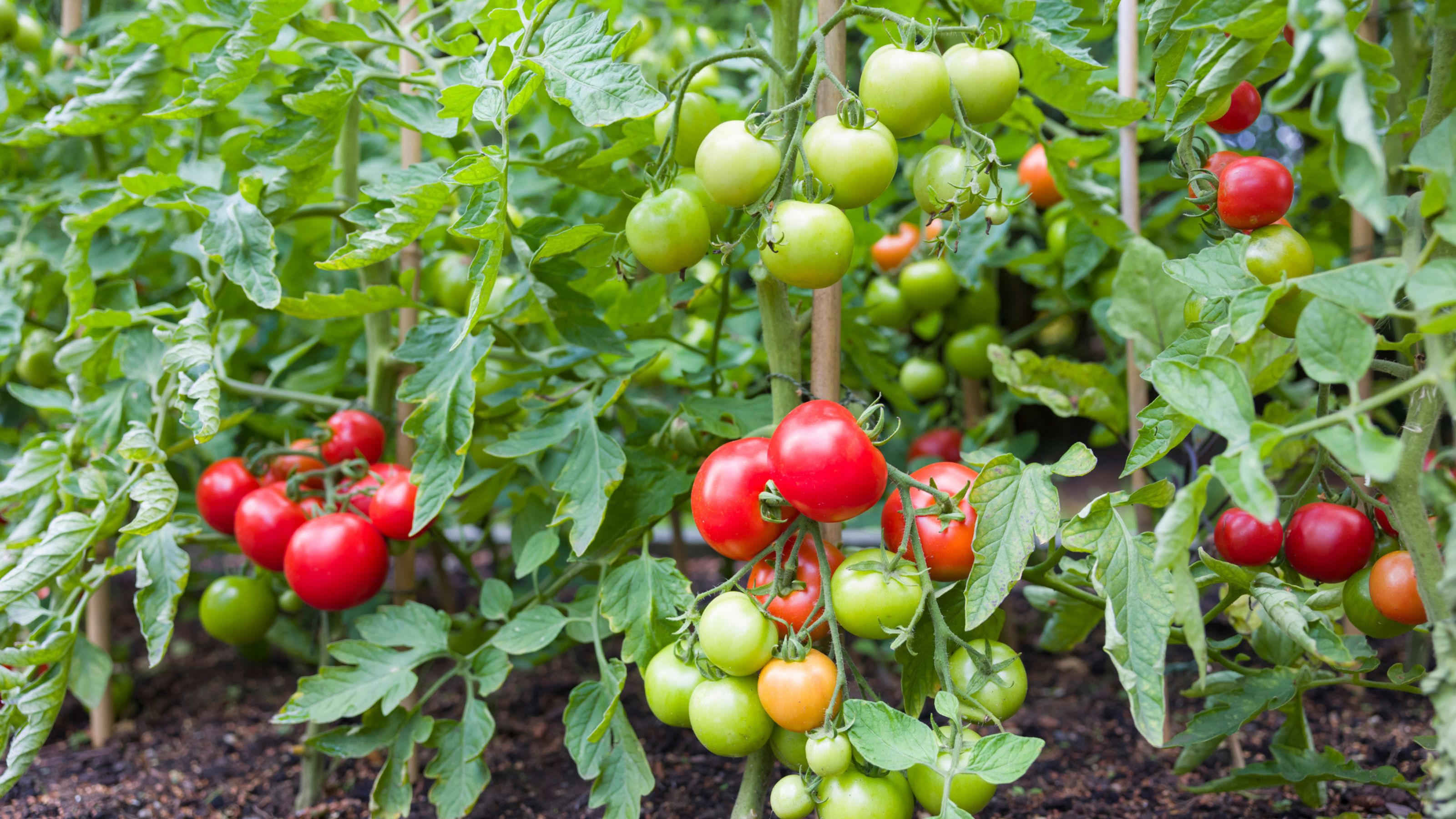

If you love to check on your garden every morning, you’re likely in tune with every new stem, flower, and fruit that pops up. But if you’ve noticed something unusual about your tomato plants recently, you might be wondering: Why are my tomato leaves curling?
While the idea of growing tomatoes sounds easy, the reality is that growing any fruit or vegetable comes with its challenges. You need to repot tomato seedlings at the perfect time, and you need to make sure that you’re tapping your tomato plants (yes, really!). Not only that, but you also need to keep an eye on them for any visible changes that may cause concern.
And if you spot tomato leaf curl on your tomato plants, you should do everything you can to fix it. But first you need to understand what’s causing it in the first place, which is where we come in. Here are the 5 common reasons why your tomato leaves are curling.
1. Unstable temperatures
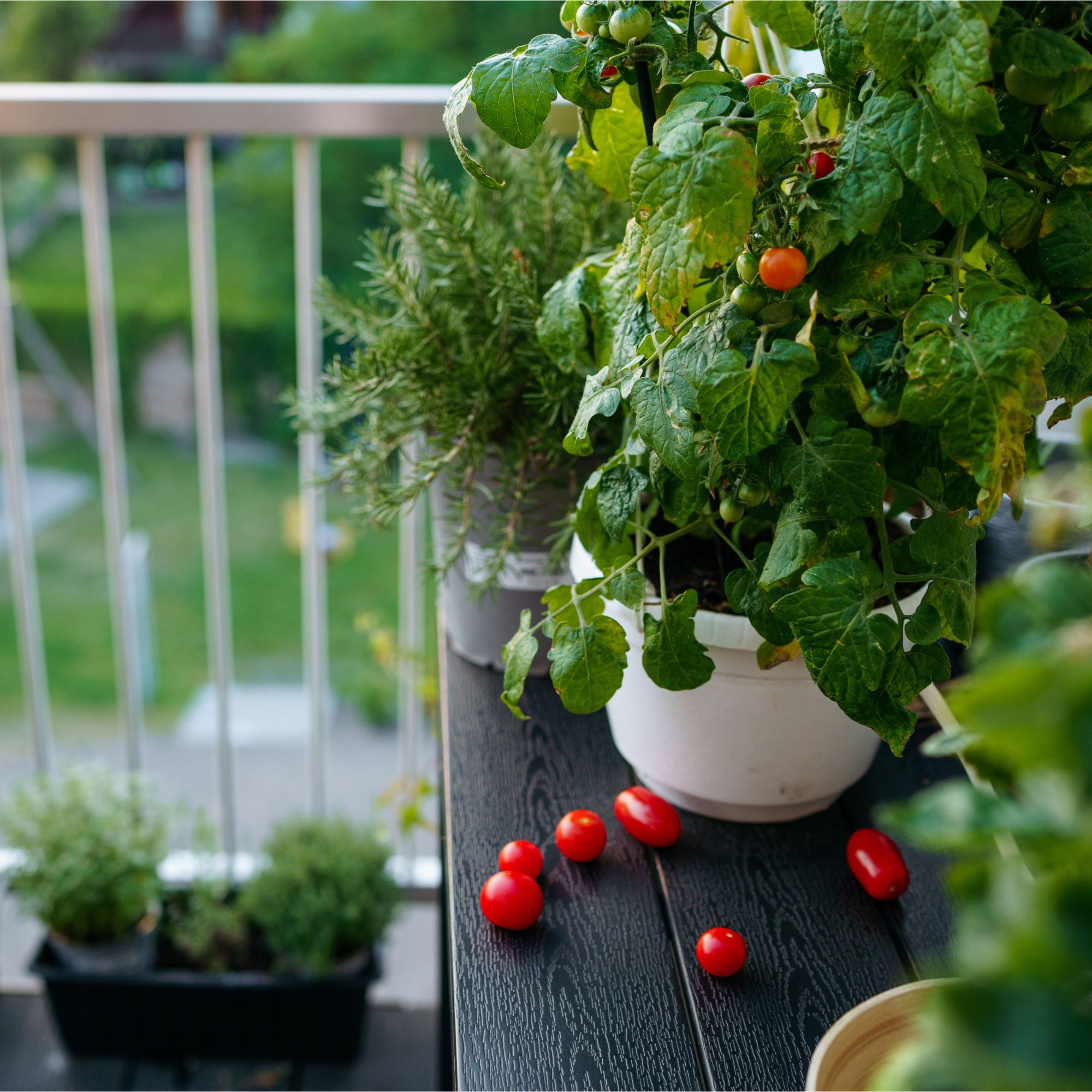
You probably don’t need us to tell you that the British weather is unpredictable. During the summer months, we can have pouring rain one minute and a scorching heatwave the next.
And while tomatoes are fairly used to the changing weather, they still struggle when the temperatures are unstable. For example, they don’t enjoy being out in the soaring heat - and plant heat stress is one of the reasons why your tomato leaves may be curling.
Morris Hankinson, Director of Hopes Grove Nurseries, explains, ‘High temperatures can cause damage to the leaves, and by curling, the plant reduces the amount of direct sunlight hitting the leaves, therefore lowering their surface temperature. This curling also helps the plant save water by reducing the surface area exposed to the sun, which lowers water loss through evaporation.'
‘Additionally, the rapid rate of water loss in hot weather can outpace the roots' ability to absorb water from the soil, leading to an imbalance. This water uptake imbalance stresses the plant, causing the leaves to curl to protect themselves,’ he adds.
Get the Ideal Home Newsletter
Sign up to our newsletter for style and decor inspiration, house makeovers, project advice and more.

Morris Hankinson is the founder and managing director of Hopes Grove Nurseries Ltd, the UK’s only specialist grower-retailer of hedging plants. He established the thriving business in 1992, shortly after graduating with a Commercial Horticulture Degree from Writtle College, Essex.
Solution: If you’ve grown tomatoes in pots, aim to move them out of direct sunlight when it’s going to be a hot day. You should also water them regularly and consider a drip irrigation system to ensure they’re getting as much water as they need. This will also prevent you from overwatering your plants in the summer.
If they’re too cold, consider moving them into a greenhouse or covering them with a plant cover until the cold snap is over. Mulching your plants can also help to maintain a constant temperature during both hot and cold weather, too.
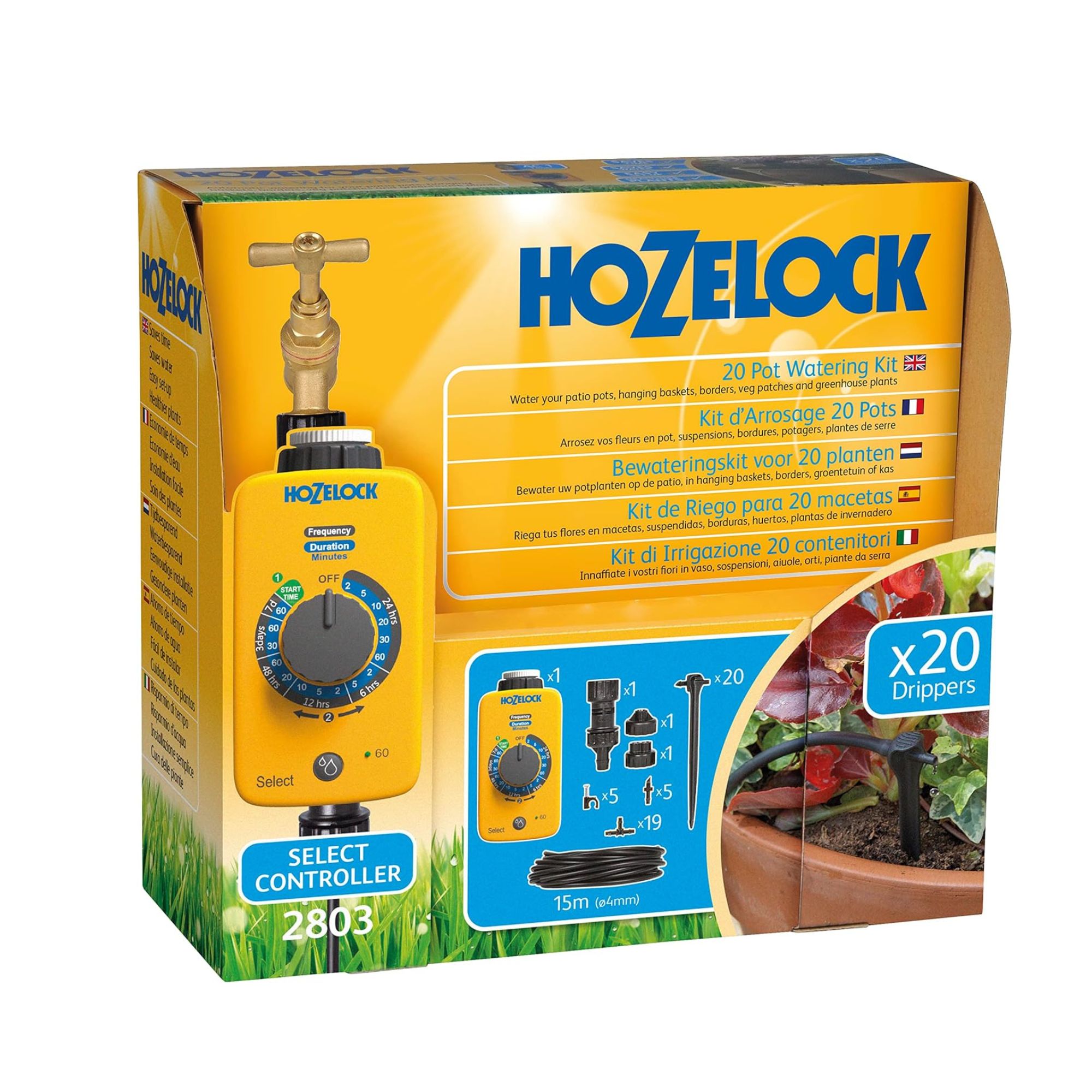
This drip irrigation system contains everything you need to water a medium-sized garden, including your beloved tomato plants.
2. Underwatering or overwatering

It’s surprisingly easy to make garden watering mistakes - especially when it comes to your tomatoes. And if you’re wondering why your tomato leaves are curling, it may be that you’re either underwatering or overwatering your tomato plants.
When watered incorrectly, tomato plants curl their leaves and turn yellow. Your plant will also likely struggle to fruit, resulting in a poor tomato harvest.
Solution: If you want to save your tomato plant from underwatering or overwatering, you first need to understand the current conditions. So, it’s best to check the moisture level of the soil to see whether it has more or less than it needs. Then, you can change your watering schedule to suit the results.
Generally, tomatoes like to be well-watered, but they don’t like to be in waterlogged soil. If your soil is too moist, reduce your watering schedule. If your soil is too dry, take your watering up a notch.
If it's hot, you should also make sure that you water your plants in the morning rather than at night.
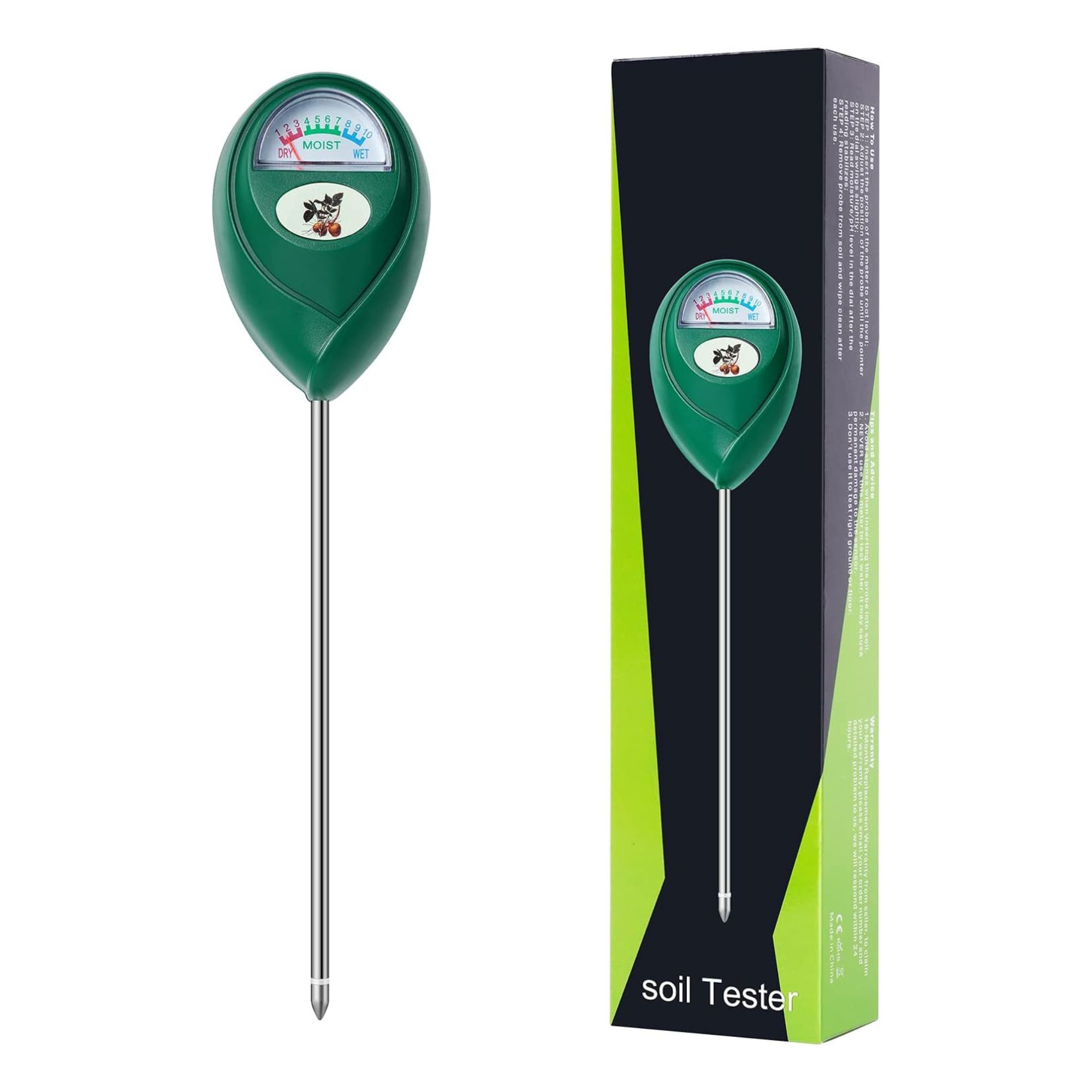
To test the moisture levels of your tomato plant's soil, simply pop it in the soil and wait for the reading.
3. Nutrient deficiency

Tomatoes are hungry plants, and while good-quality soil and water may be enough to produce a happy and healthy plant, you’ll likely need to feed your tomatoes throughout their growing season.
If you don’t, you may find that your tomatoes don’t turn red, and your tomato leaves start to curl. If this happens, there’s a high chance that your plant is deficient in valuable nutrients - or perhaps even overloaded. And if you want your tomato leaves to uncurl, you’ll need to make some changes.
As Graham Smith MCIhort, a gardening expert from LBS Horticulture, explains, 'If you have soil that is too high in nitrogen, your tomato plant may produce too many leaves that cannot be sustained by the nutrients in the soil. This can make the leaves begin to curl or droop.'
He adds, 'Similarly if your soil is lacking in potassium or phosphorous, the growth of your tomato plant may be stunted, which can lead to less fruit and curling leaves.'
Solution: First, you should check for nutrient deficiencies in the soil using a test kit - like this BoltSafe Professional Soil Test Kit from Amazon - to find which nutrients your plants lack. Then, you can find a fertiliser that will bump up these deficiencies.
In most cases, this will be a specific tomato feed, but you can also make your own tomato fertiliser if you want to save some money.
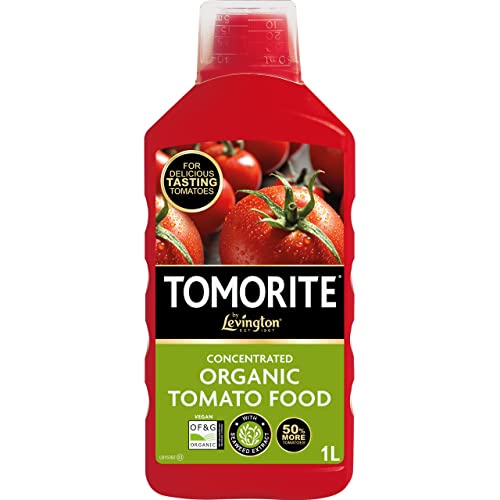
If your tomato leaves are curling due to a nutrient deficiency, see whether a top-up of tomato feed will sort the problem out.
4. Diseases, viruses, and pests
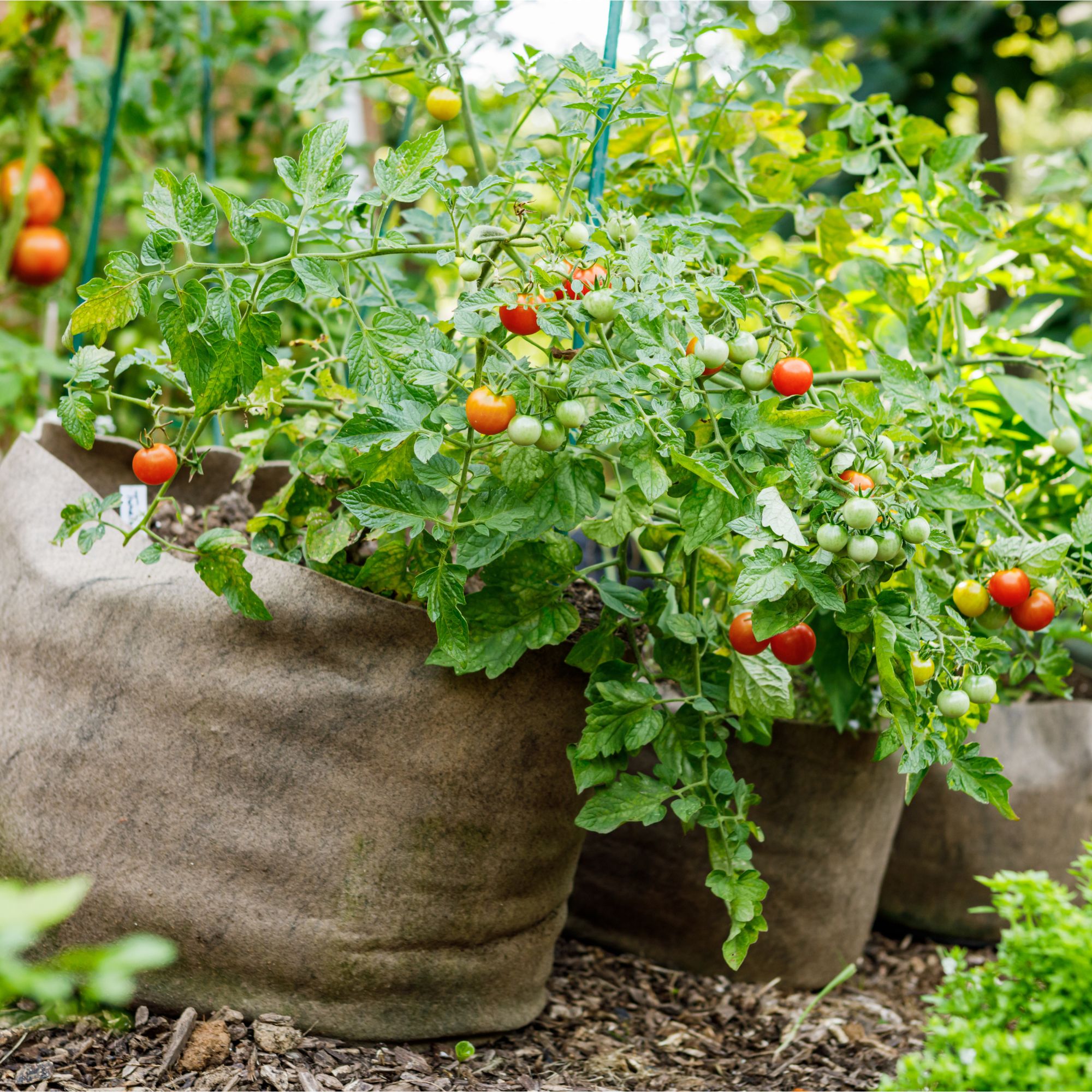
If you’re wondering why your tomato leaves are curling, your plants may be diseased, have a virus, or be riddled with pests. Unfortunately, tomatoes regularly fall victim to these problems, and curled leaves are often associated with poor fruiting, mottled leaves, stunted growth, and more.
It can be hard to pinpoint exactly which problem your tomato plant is dealing with, but tomato mosaic virus and yellow leaf curl virus are the most common. In many cases, they’re spread by the pests in your garden - which is why it’s particularly important to know how to get rid of glasshouse whiteflies.
Solution: As these diseases and viruses are often spread by garden invaders, you should aim to get rid of garden pests as soon as possible. There are different ways that you can do this, but we’d suggest planting pest-repellent plants near to your tomatoes and maybe even using nematodes to your advantage.
While doing this, you should also separate your diseased tomato plants from your healthy-looking plants. This will prevent the spread and keep your other plants safe from leaf curl.

To use nematodes to protect your tomato plants, simply add them to a full watering can and water your plants as you normally would.
5. Exposure to weed killers

If it feels as though you spend your whole life trying to get rid of weeds, you’re not alone. But if you’re still using chemical weed killers, you may be having a bigger impact on your garden than you think. After all, the exposure to weed killers can result in tomato leaf curl.
Tomato plants are particularly vulnerable when it comes to hormone weedkillers, and using them on the other side of the garden can still affect them. If the tiniest speck of residue is picked up by the wind and carried over to your tomato plants, they may still suffer the consequences.
Solution: If your tomato plants have been exposed to chemical weed killers, there’s not a whole lot that you can do to help them. They may be able to survive the ordeal, but they may also never recover. So, it’s best to continue caring for them as normal and hope for the best.
There are ways that you can prevent this from happening again, though. Instead of using chemical weed killers, use natural solutions instead - no matter whether you want to get rid of weeds in a lawn or get rid of weeds in gravel.

The Root Slayer is an Ideal Home favourite, and a foolproof way to get rid of weeds in the garden without the need for chemical weed killers.
FAQs
Can tomato leaf curl spread to other plants?
If your tomato leaf curl has been caused by a virus or disease, there’s a high chance that it will spread to other plants. That’s because these diseases are often carried and spread by garden pests.
If your tomato leaf curl has been caused by underwatering, overwatering, nutrient deficiency, or unstable temperatures, however, the tomato leaf curl won’t technically spread to other plants. However, it’s important to note that they’ll still probably be affected if they’re in similar conditions.
How do I stop my leaves from curling?
To stop your leaves from curling, you first need to understand why they’re curling. In most cases, the leaves of plants - including tomato plants - will curl because of heat stress and unstable temperatures.
Because of this, you should aim to move them away from the heat and provide them with some shade to prevent scorching. You should also water them regularly, making sure the plant has enough moisture to survive the warmer temperatures.
If your tomato leaves are curling, you should now have all of the knowledge and tools at your disposal to fix it!

Lauren Bradbury has been the Content Editor for the House Manual section since January 2025 but worked with the team as a freelancer for a year and a half before that. She graduated with a Bachelor’s degree in English and Creative Writing from the University of Chichester in 2016. Then, she dipped her toe into the world of content writing, primarily focusing on home content. After years of agency work, she decided to take the plunge and become a full-time freelancer for online publications, including Real Homes and Ideal Home, before taking on this permanent role. Now, she spends her days searching for the best decluttering and cleaning hacks and creating handy how-to guides for homeowners and renters alike, as well as testing vacuums as part of her role as the Ideal Home Certified Expert in Training on Vacuums, having spent over 110 hours testing different vacuum models to date!
-
 Wood drenching is the calming new twist on the colour drenching trend – here’s how to make the look work in your home
Wood drenching is the calming new twist on the colour drenching trend – here’s how to make the look work in your homeIt’s easier than ever to embrace natural materials
By Maddie Balcombe
-
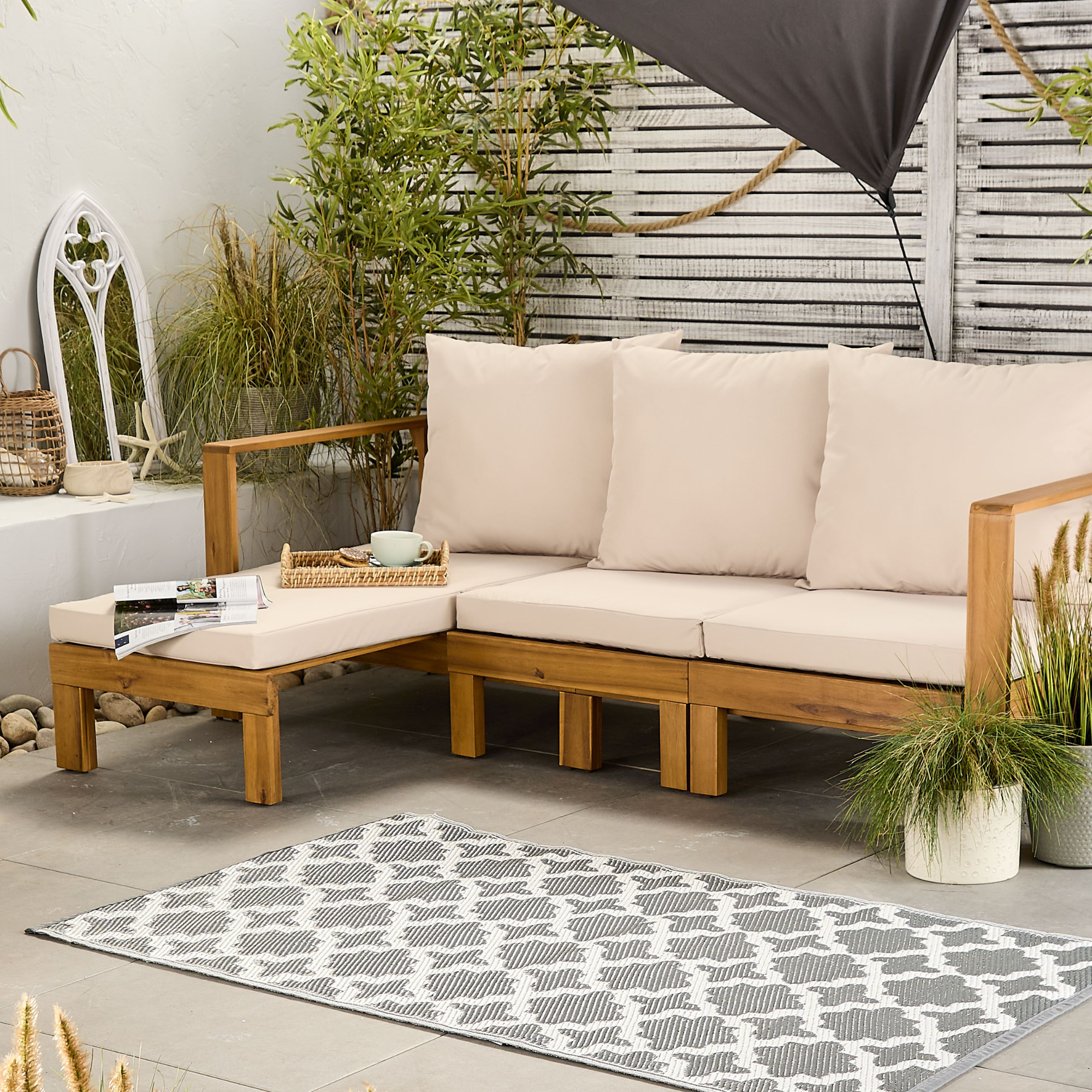 Aldi is launching a £200 day bed with four different features - its sleek design is suited to the whole family
Aldi is launching a £200 day bed with four different features - its sleek design is suited to the whole familyYou don't want to miss out on this Specialbuy
By Kezia Reynolds
-
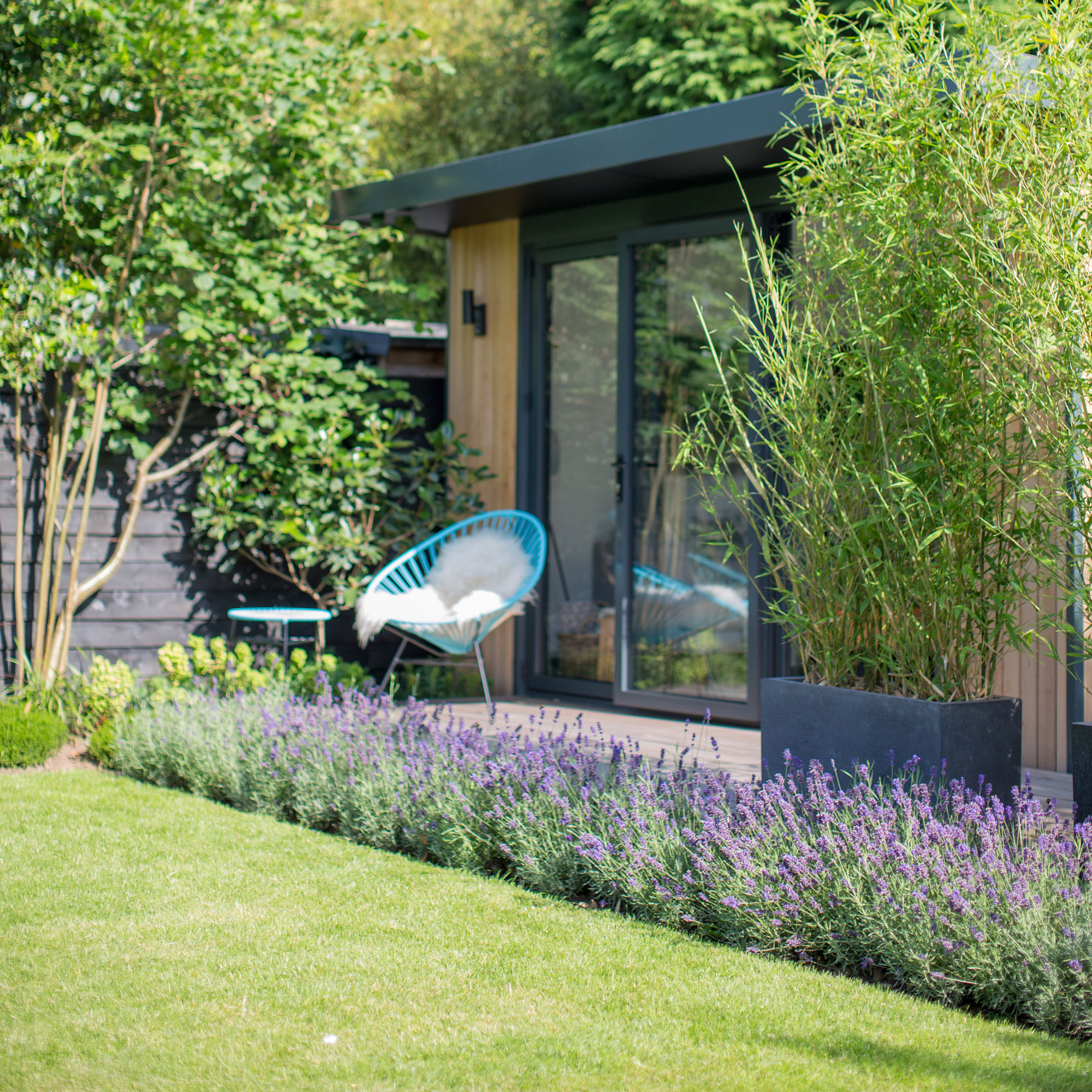 How to set up a drip watering system that saves water and a lot of effort
How to set up a drip watering system that saves water and a lot of effortKeep your plants hydrated (and your water bill down) with this clever garden watering solution
By Natalie Osborn
-
 Aldi is launching a £200 day bed with four different features - its sleek design is suited to the whole family
Aldi is launching a £200 day bed with four different features - its sleek design is suited to the whole familyYou don't want to miss out on this Specialbuy
By Kezia Reynolds
-
 I’m seeing pastel garden furniture at all my favourite brands this spring, but QVC’s sorbet collection impressed me the most
I’m seeing pastel garden furniture at all my favourite brands this spring, but QVC’s sorbet collection impressed me the mostFresh pastel shades are a great way to liven up your outdoor space
By Kezia Reynolds
-
 I spent the afternoon looking through Wayfair's garden sale – these are the 6 pieces I'm buying immediately for summer
I spent the afternoon looking through Wayfair's garden sale – these are the 6 pieces I'm buying immediately for summerThese are my must-have garden buys from the sale
By Holly Reaney
-
 I’ve found the perfect alternative to John Lewis’ sold-out striped garden chair – and you won’t believe where it's from
I’ve found the perfect alternative to John Lewis’ sold-out striped garden chair – and you won’t believe where it's fromJohn Lewis' Sling Garden Chair is one of the most stylish pieces of garden furniture I'd seen – until I tracked down this QVC lounge chair...
By Kezia Reynolds
-
 Lidl is selling a smart tiered planter that will unlock extra planting space in a tiny garden or balcony
Lidl is selling a smart tiered planter that will unlock extra planting space in a tiny garden or balconyWhy I've been eyeing this planter up for my tiny garden
By Kezia Reynolds
-
 I’ve found the best solution for cleaning stains from a patio - and it’s only £8 on Amazon
I’ve found the best solution for cleaning stains from a patio - and it’s only £8 on AmazonThe stains practically vanish!
By Kezia Reynolds
-
 Lidl’s £15 sun sail is everything you need to create a shady oasis in your garden – and it’s on sale right now
Lidl’s £15 sun sail is everything you need to create a shady oasis in your garden – and it’s on sale right nowWith two stylish colours available, the sun sail will make a chic yet practical addition to any of your garden.
By Kezia Reynolds
-
 B&M has nailed 2025's breakout garden furniture trend - it's one of the most affordable and stylish I've seen
B&M has nailed 2025's breakout garden furniture trend - it's one of the most affordable and stylish I've seenGet the luxe look for less
By Kezia Reynolds